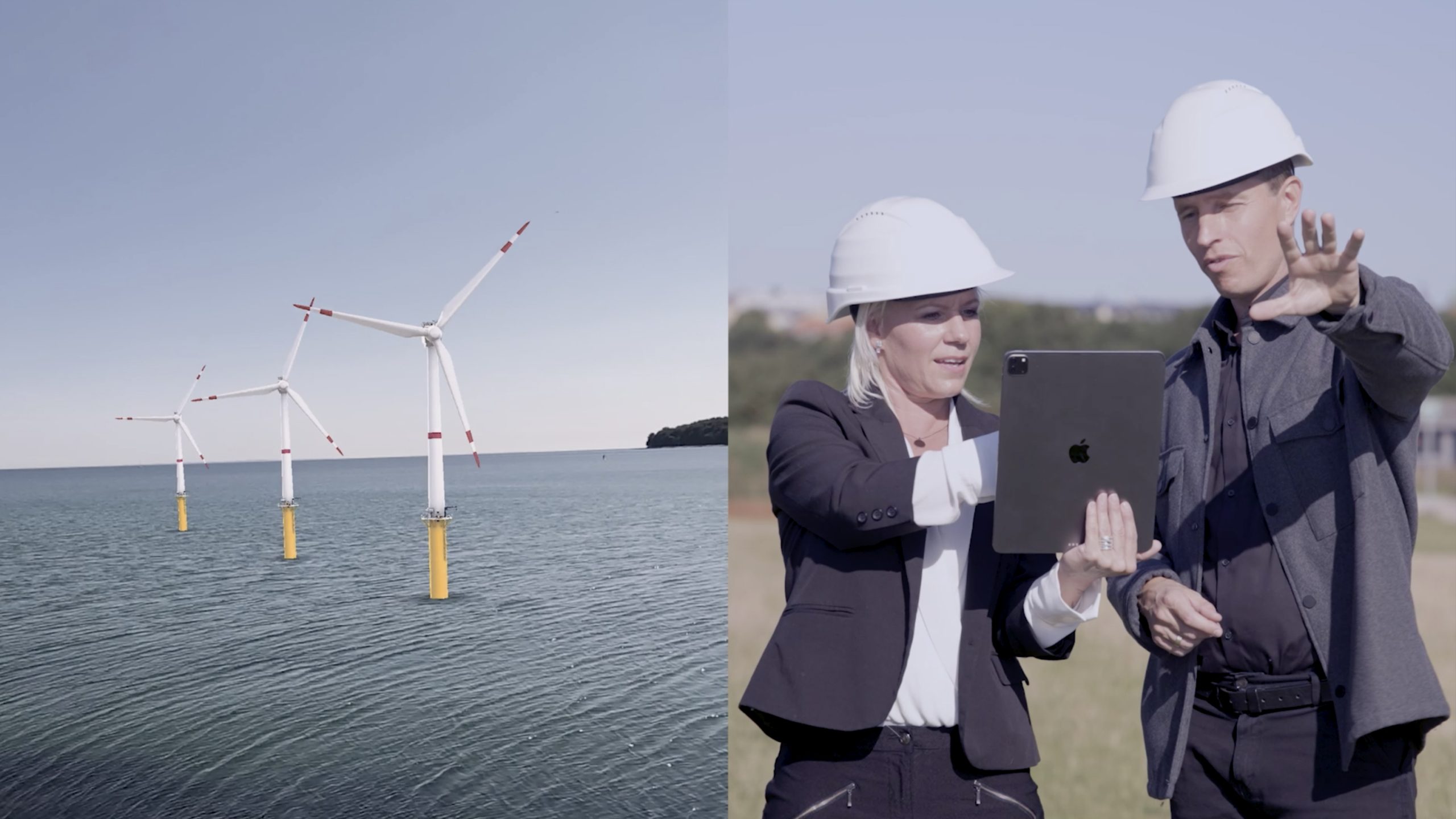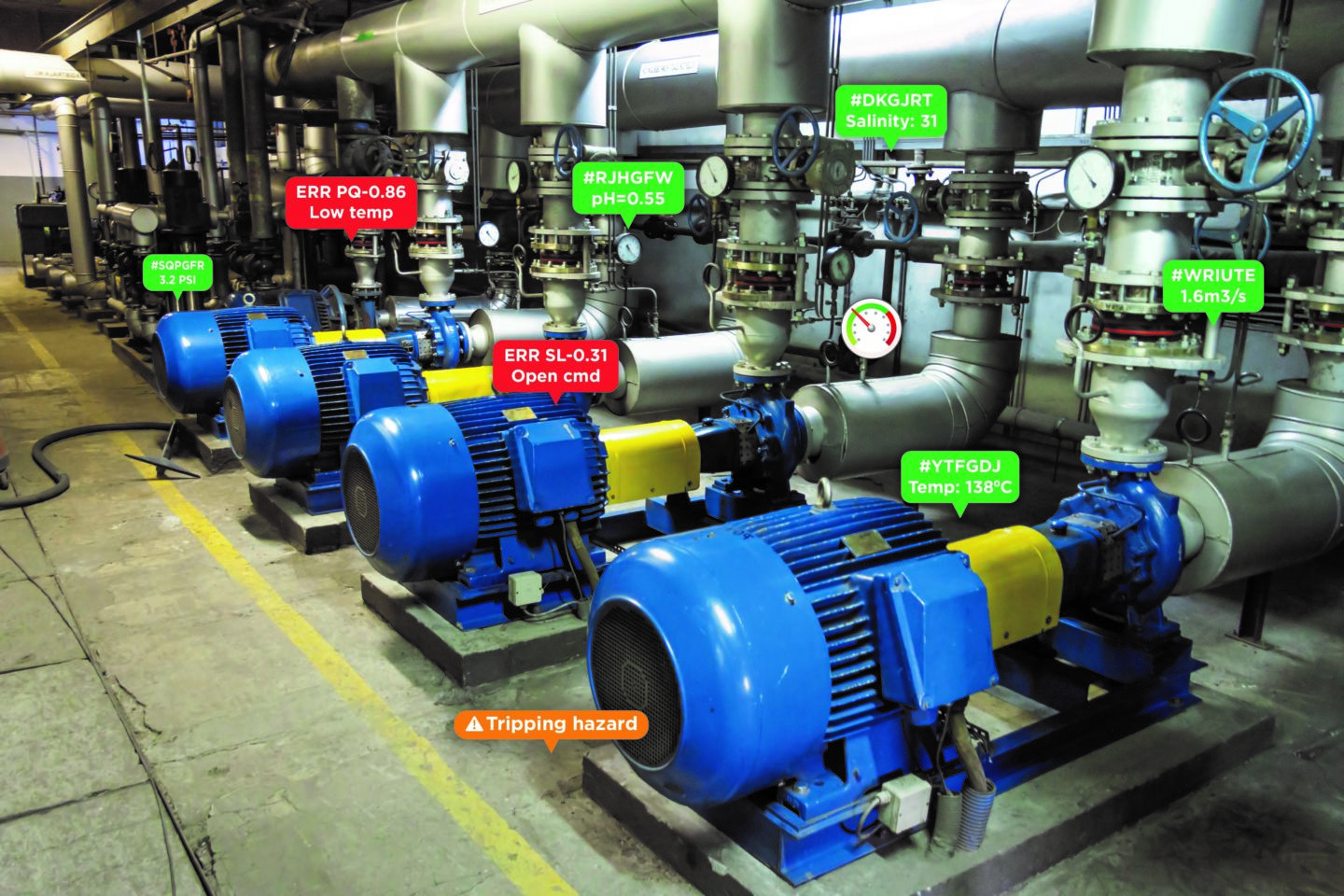Global wind capacity is set to grow to a staggering 1,400 GW by 2026, and the need for a skilled and experienced workforce is urgent. So much so that the industry needs to look outside of internal sources to find candidates. But how does the industry recruit effectively and sustainably, while ensuring that the skill levels are advanced enough to install and maintain this vast power grid, safely and efficiently? The answer might lie in Virtual Reality (VR) technology, where online simulation training can fully re- or upskill the offshore workforce of the future.
In many cases, where delicate equipment, sensitive materials or even human life are at stake, VR simulators are used to train, hone and perfect skills before any actual flight, maintenance work or a serious operation.
The reason for this is that the level of success in saving lives or reducing costs, as well as upskilling employees is significant. For instance, a study of laparoscopic surgery found that surgeons who trained using simulations had a 29% increase in speed, and they were five times less likely to cause patient injury.
Now, why is this relevant to the global onshore and offshore wind energy industry?
Quelle:



